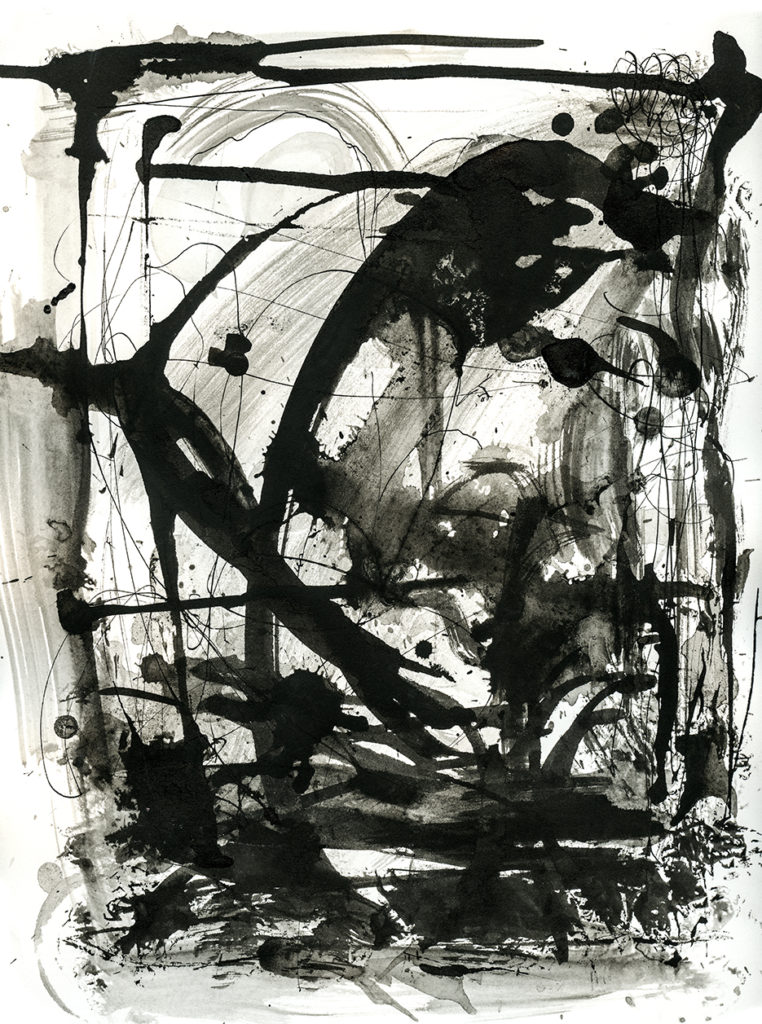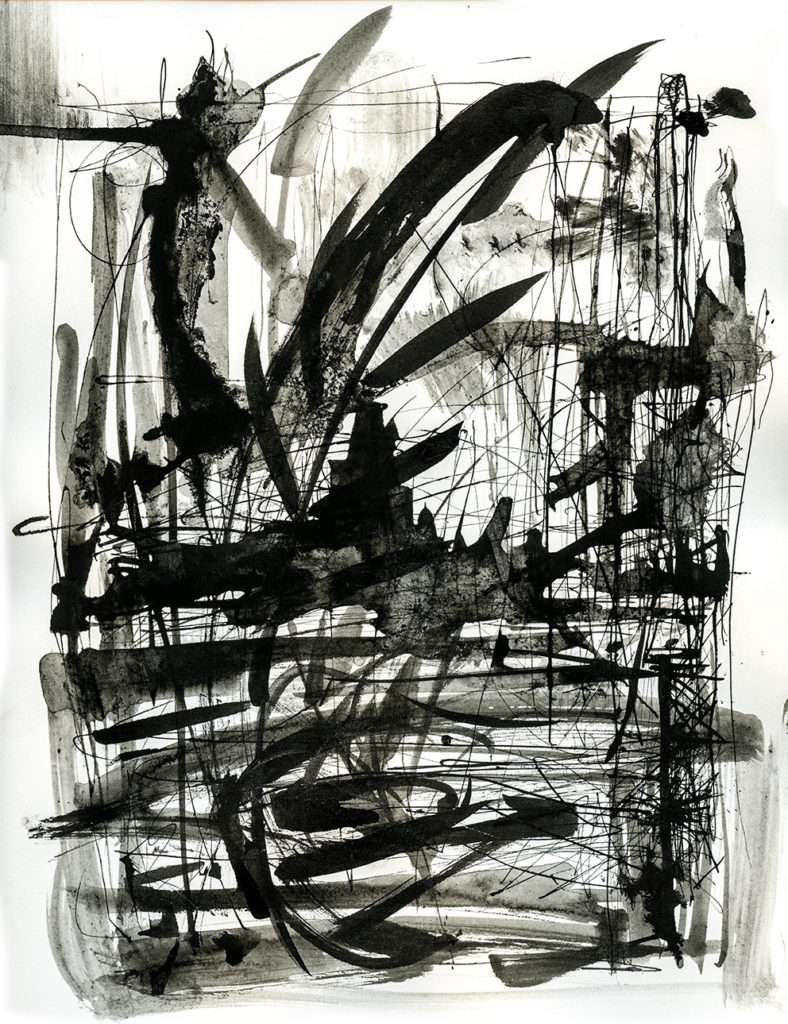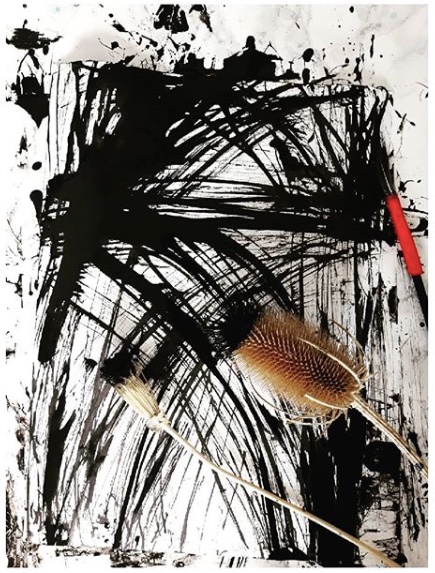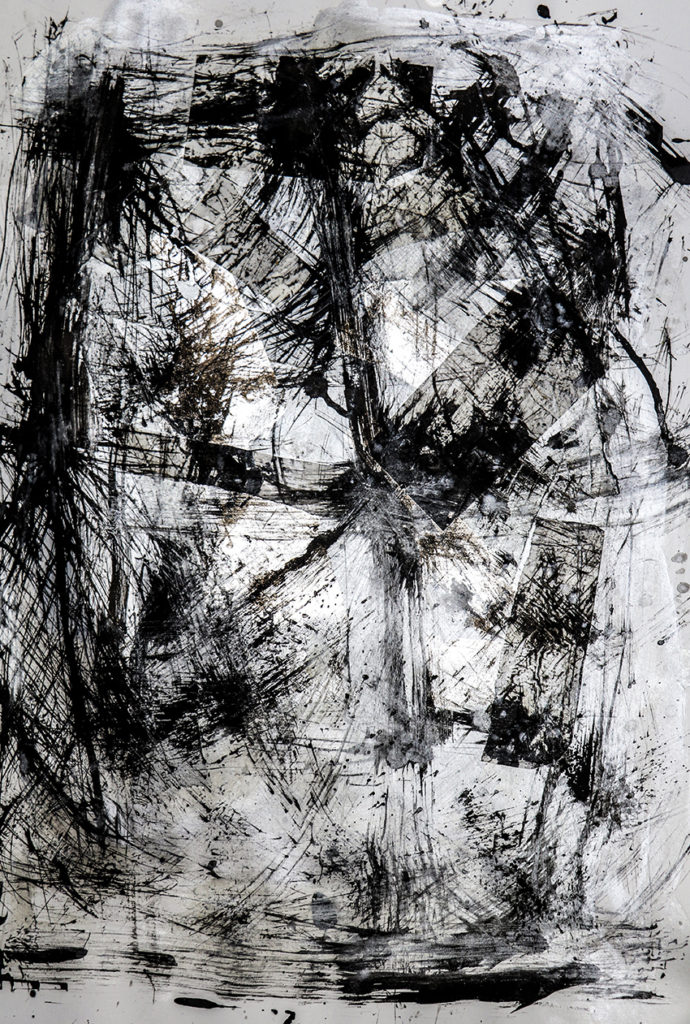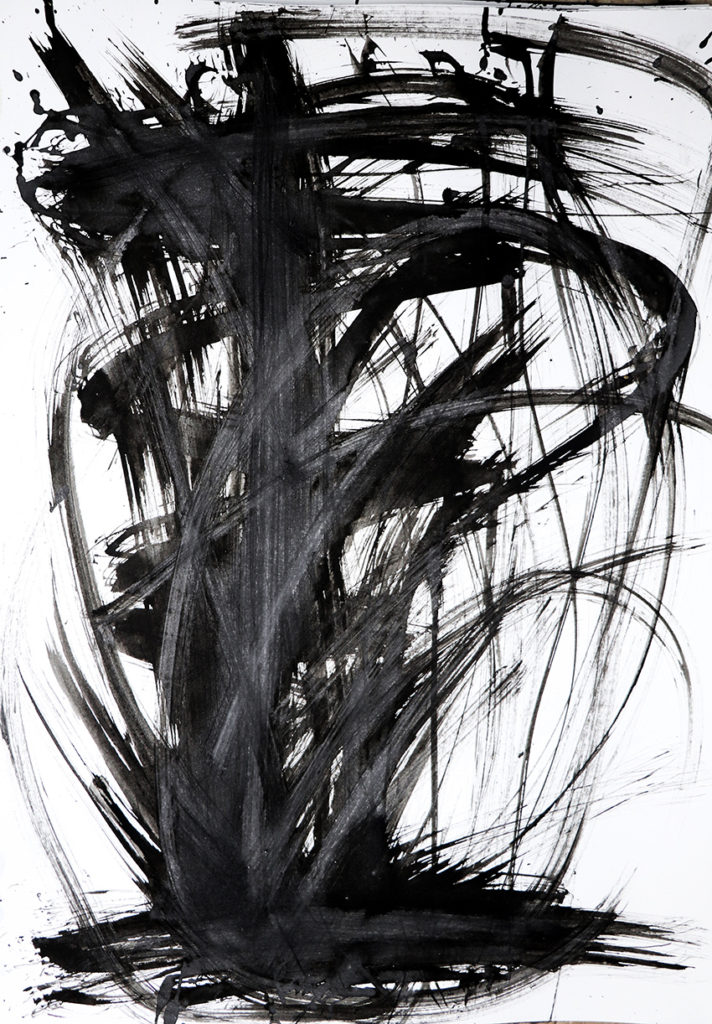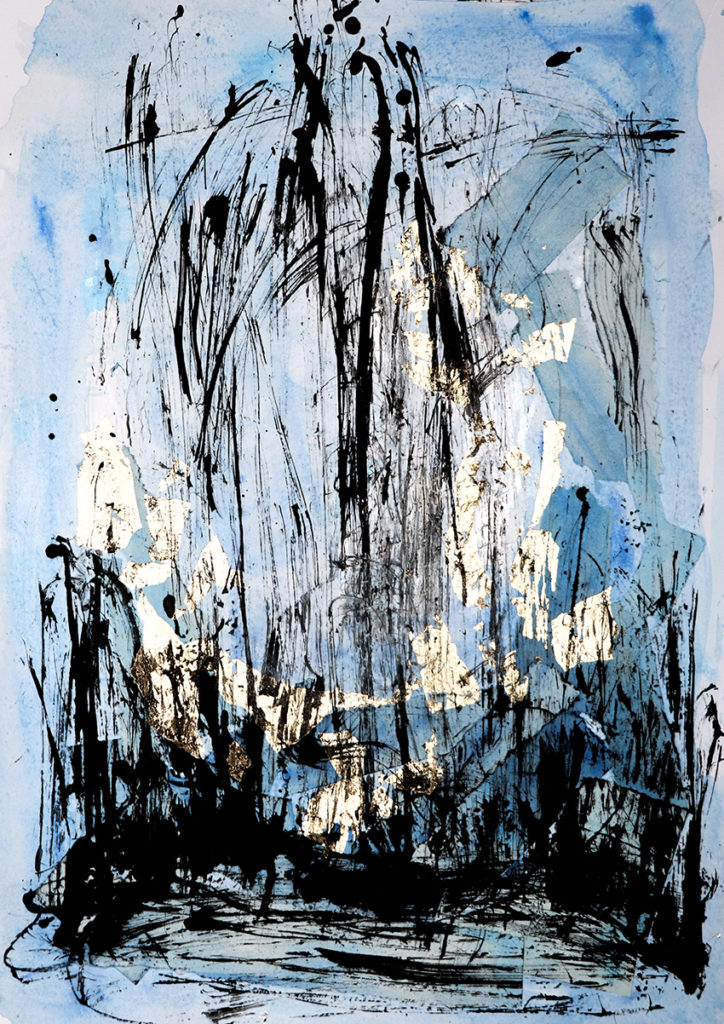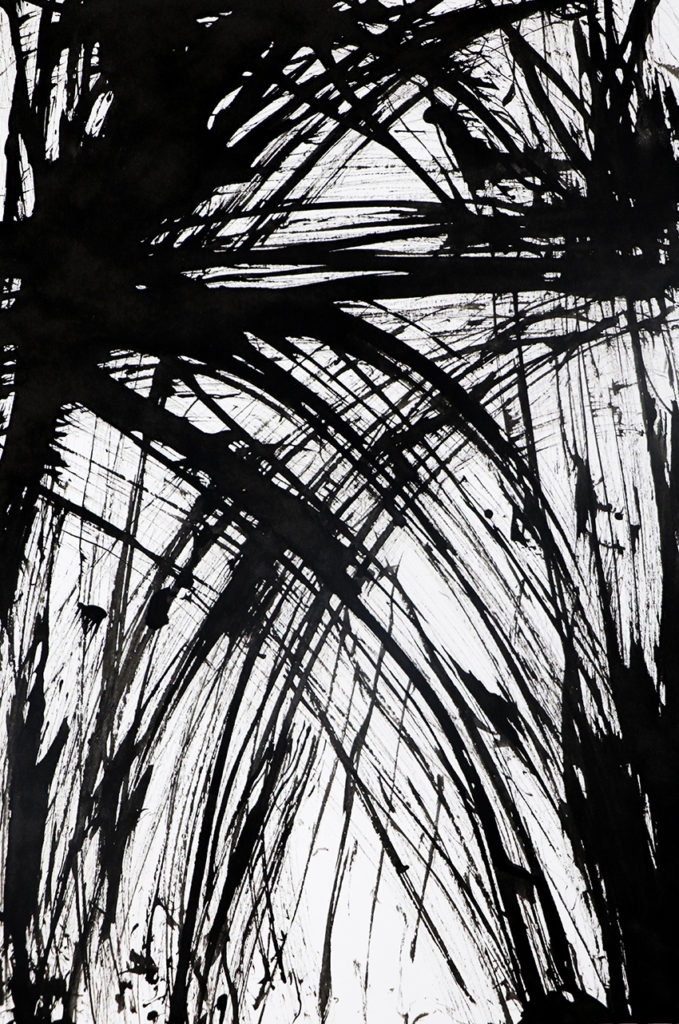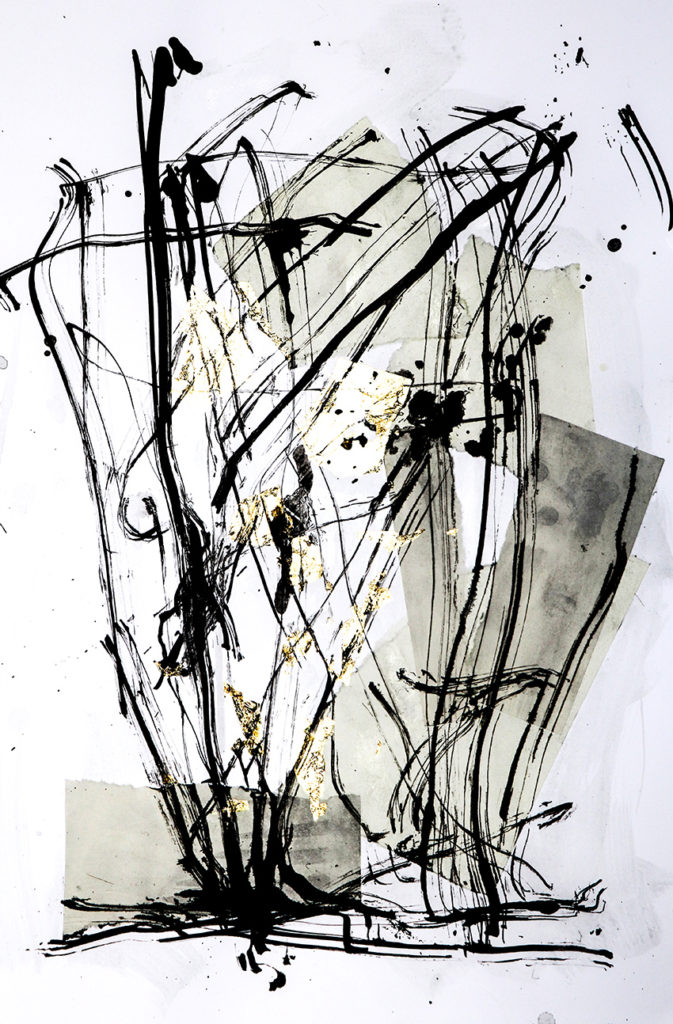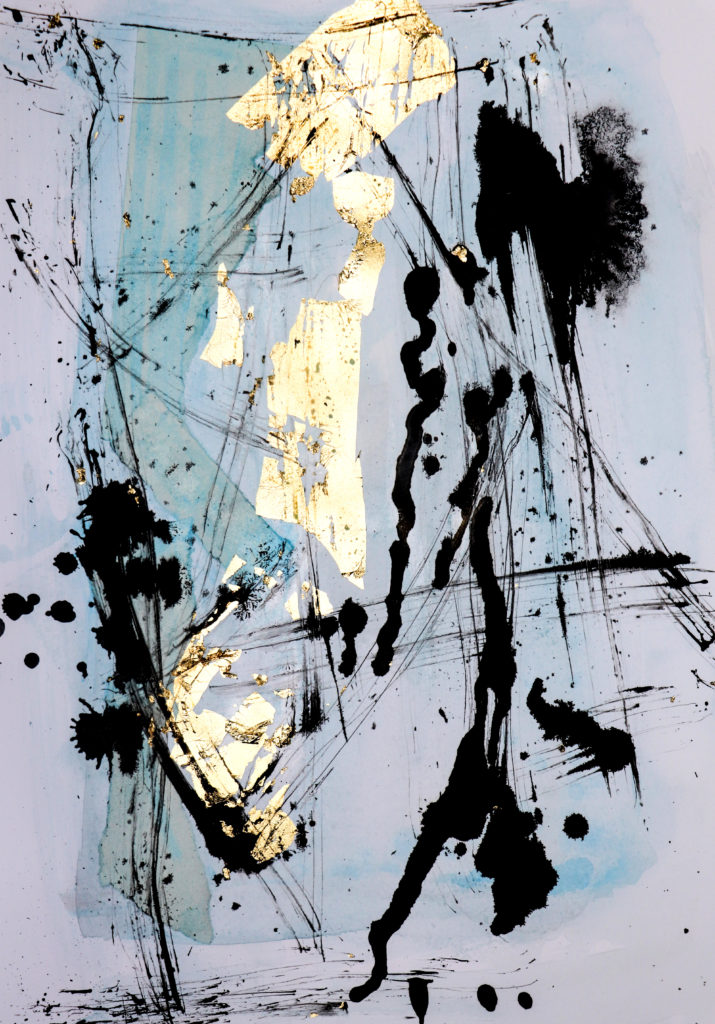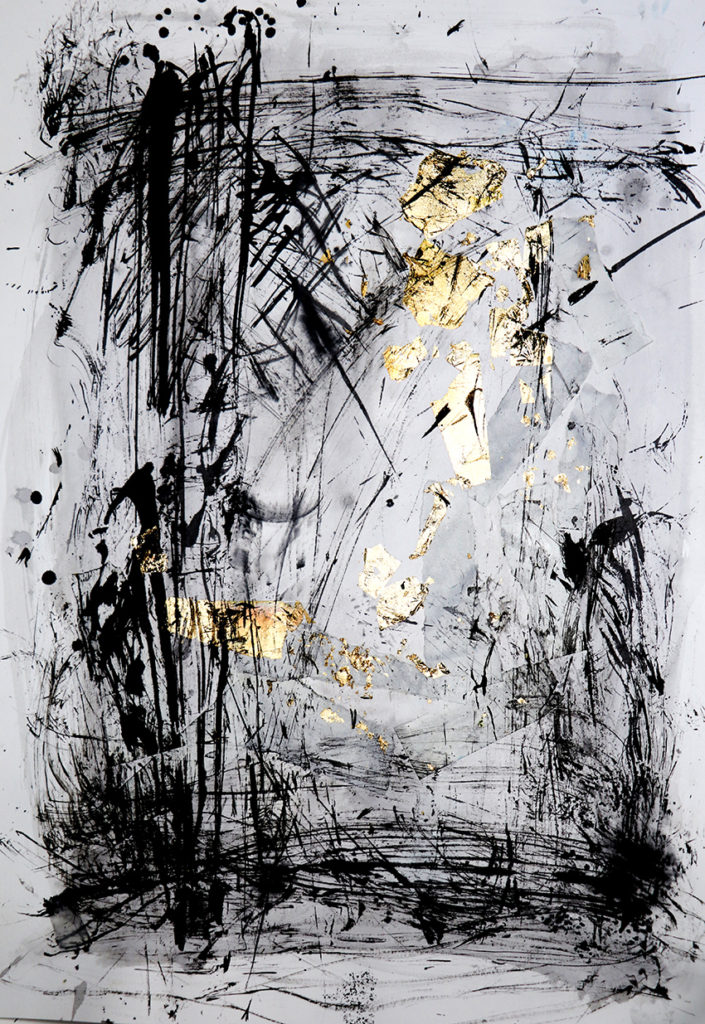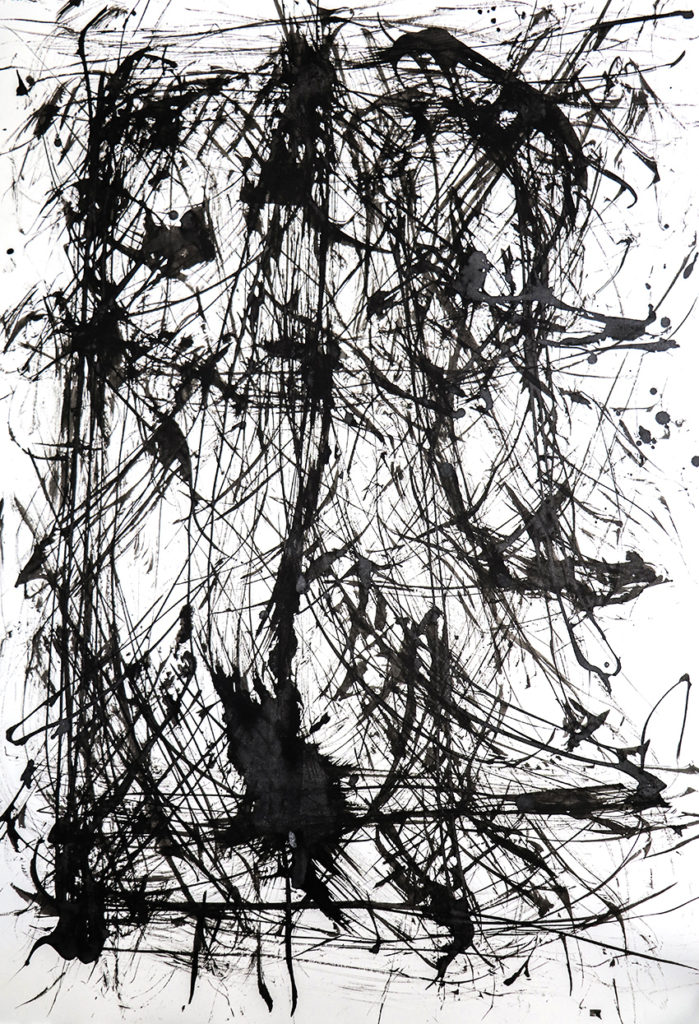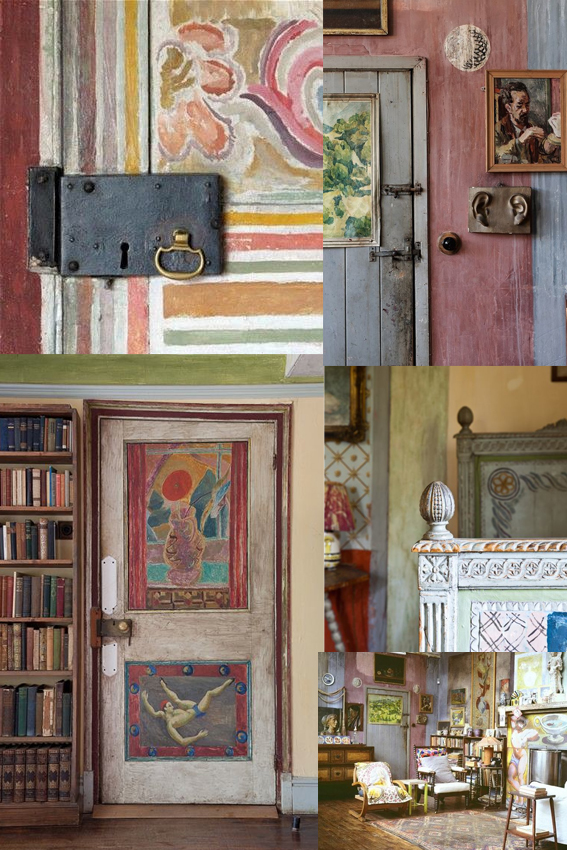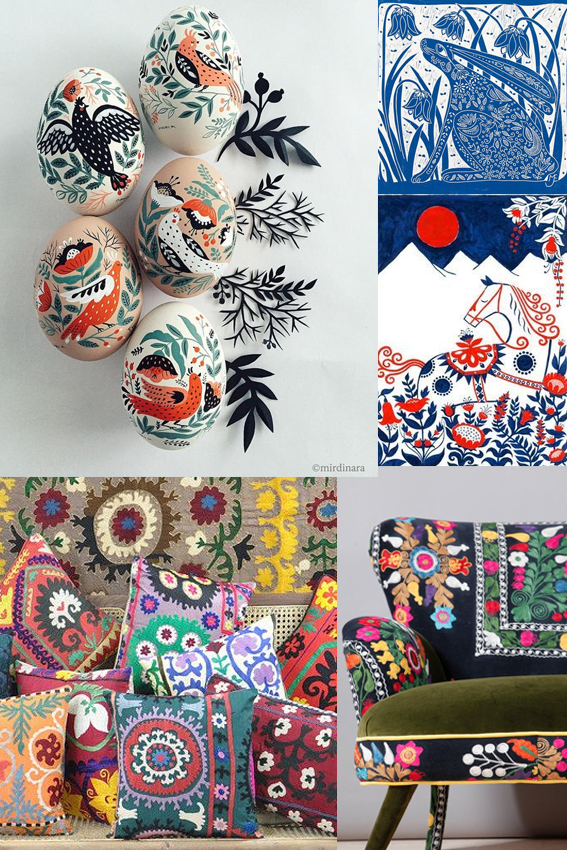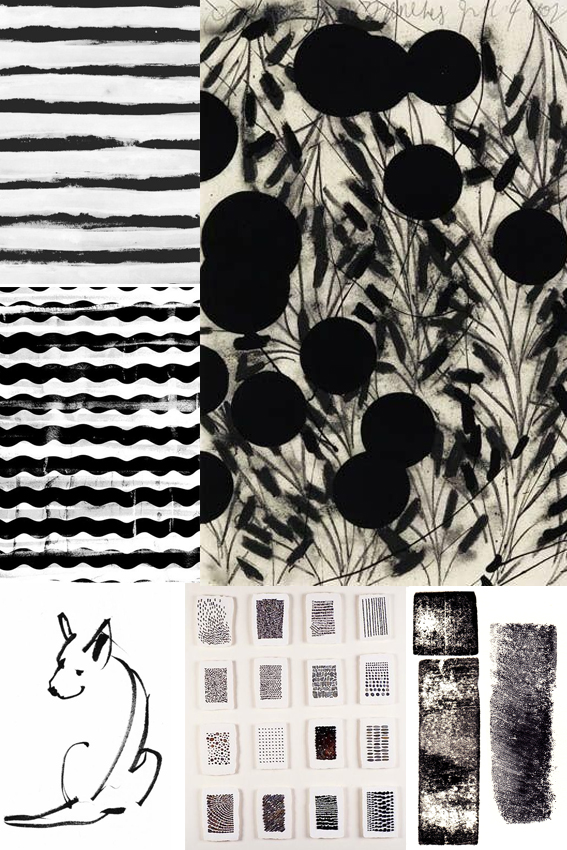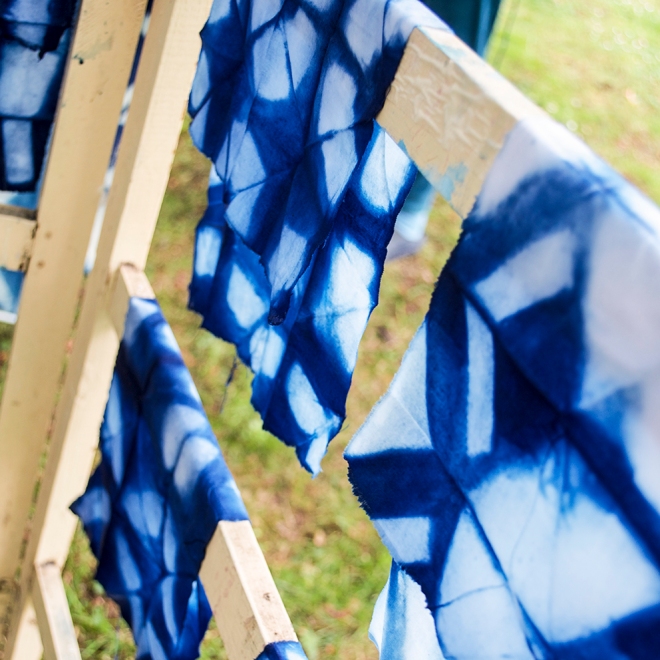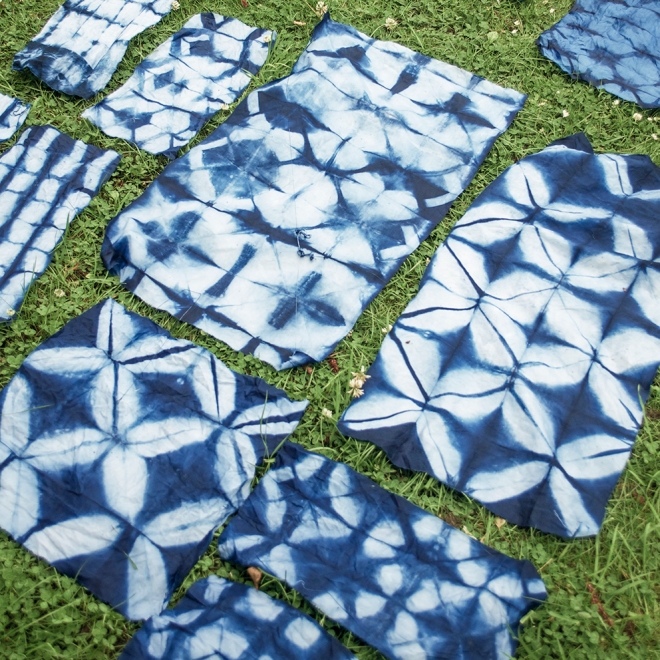PORT PIECES: Abstract ink works
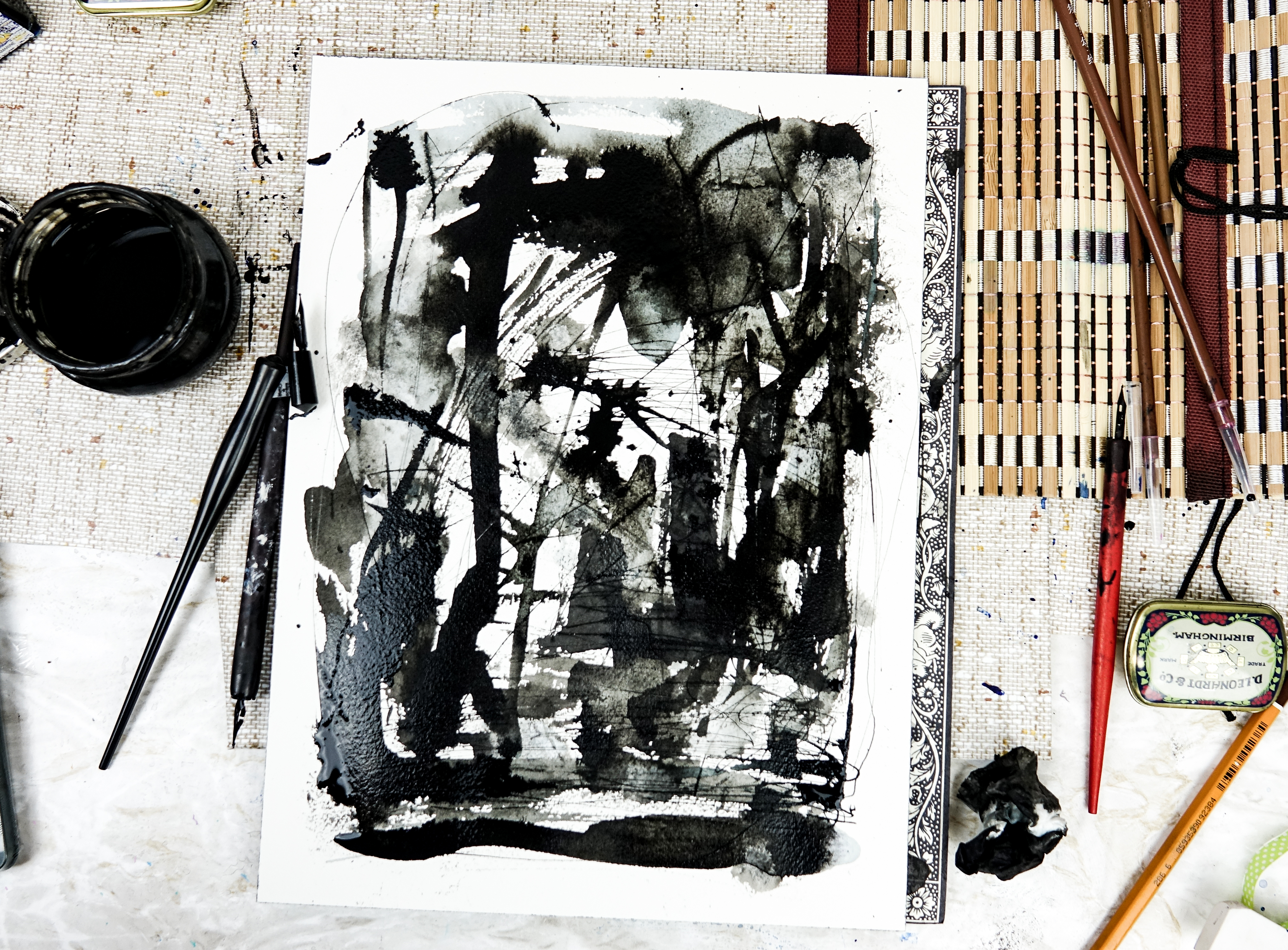
I’ve been recently working on a series of abstract ink works for a new book from Dunlin Press.
The book, PORT, is an anthology looking at the subject of ports. The publication essentially explores places where ‘here’ contacts ‘there’; where known and unknown meet; where perceptions of possible experience are expanded. It features essays, interviews, stories and poetry – I’m very excited to be working on it.
I thought long and hard about this project. I wanted something that reflected the character of such places. Because these locations by their nature are scenes of transition, movement and trade, I needed to convey their shape-shifting essence.
I pondered the medium and colours I was going to use for the pieces. I needed movement, flow and immediacy so I stuck with inks, my current tool of choice.
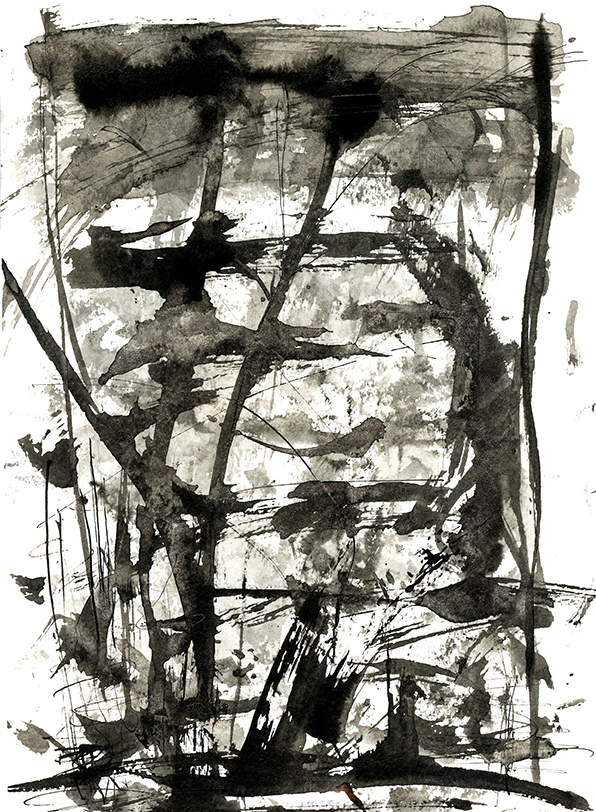
So I approached these compositions as palimpsests; each quick application of ink acting as layers of stories, activities and histories coming together. I played with colour initially but settled on black and white arrangements as I felt they were starker and more visceral.
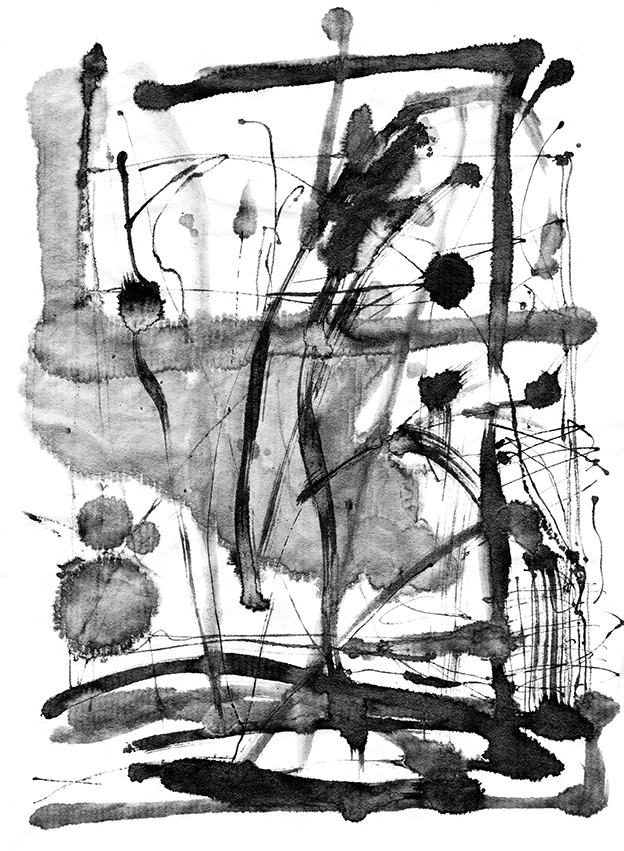
I also experimented with the surfaces I applied my abstract ink works on. My paper selection is an integral part of every original piece. So I mixed it up a bit, using sumi rice paper, Arches smooth hot-pressed and textured cold pressed Arches watercolour paper. Every surface produced very different results as each paper type absorbs the ink washes, marks and strokes completely differently.
The abstract ink works will be featured as book illustrations, with a selection being printed as limited edition fine art prints and postcards as a companion to the publication. The book is being launched in the autumn and I’ll be sure you keep you updated on its progress here.
